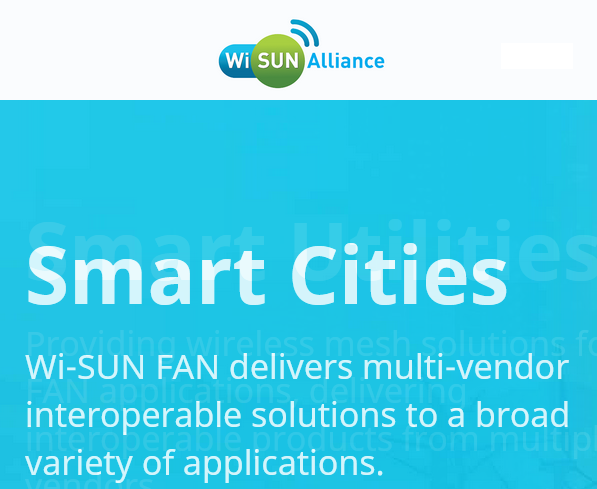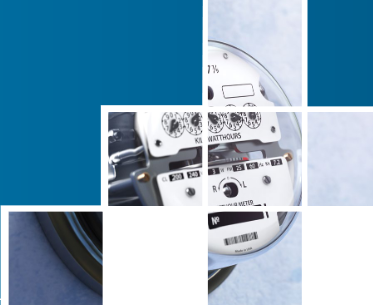M-Bus (which is short for ‘Meter-Bus’) is a European short-range standard for the remote wireless reading of water, gas, electricity, heat, and other consumption meters.
German industrial IoT solutions specialist, Lobaro, is using a Nordic Semiconductor multi-mode NB-IoT/LTE-M nRF9160 SiP in its Wireless M-Bus Gateway to provide Low Power Wide Area (LPWA) networking of European M-Bus utility meters using NB-IoT or LoRaWAN or a combination of both. Lobaro says data uploading to the Cloud is done using NB-IoT due to its larger payload capacity (1600 versus 243 Bytes) along with over-the-air updates of devices installed in the field that Lobaro says is easier to do with cellular IoT.
The Lobaro Wireless M-Bus Gateway (wMBus) is said to be a simple to use, cost- and energy-efficient device that receives, caches, and finally forwards metering consumption data from up to 250 Wireless M-Bus enabled utility meters to the Cloud.
Lobaro says any metering device conforming to the 868 MHz Wireless M-Bus standards (EN 13757-4) uses low-power short-range FSK radio modulation to broadcast consumption data. The wireless range is typically only about 50m using this traditional technology. The Lobaro Wireless M-Bus Gateway claims to extend this range by collecting the short-range data and then uploading it to the Cloud using long-range NB-IoT. A firmware variant with an additional upload path via LoRaWAN networks is used to add this additional capability. This feature of combining two LPWA network wireless technologies in a single gateway enables each to be used as a fallback if, for example, no local NB-IoT or LoRaWAN network is available at the place of deployment.
Metering data is sent to the Lobaro Platform, were it gets parsed, displayed and made available for further processing. Because most Wireless M-Bus telegrams are encrypted, the Platform allows adding decryption keys for individual meters, so that the data can be decrypted by the Platform. It is also possible to use the Lobaro Wireless M-Bus Gateway without the Platform and connect it to a standalone backend as long as it is capable of parsing and decrypting wMBus telegrams.
“Cellular IoT and LoRaWAN are regarded by a number of customers as complementary wireless technologies in the utilities smart meter sector,” commented Theodor Rohde, Managing Director of Lobaro. “This is because LoRaWAN came to market first and so there are a lot of existing installations where customers don’t want to be forced to have to make a wholesale change to cellular IoT. At the same time, they don’t want to be limited to just using LoRaWAN either and having the option of both yields greater design flexibility and reliability in areas of limited coverage or poor signal strength.”
In operation the Lobaro Wireless M-Bus Gateway sits close to where the utility meters are located, either in a basement or on every two or three floors of a large apartment building. Lobaro is currently running their in-house developed LoRaWAN and Wireless M-Bus stacks on the nRF9160 SiP’s embedded Arm Cortex-M33 processor plus 1 MB Flash and 256 KB RAM. Lobaro also supplies and maintains every piece of the smart meter reading solution from hardware to device management and configuration to firmware. All a customer is said to need is a high-level Cloud platform.
“All the heavy lifting is done by the Nordic nRF9160 SiP so if you look at PCB inside our Wireless M-Bus Gateway there are very few additional components required,” added Tobias Kaupat, CTO at Lobaro. “This also enabled us to get the size of the unit down to 122 x 82 x 55mm, including the use of one “D”-sized primary 3.6V (14.5Ah) battery that because of the low power characteristics of the Nordic nRF9160 SiP can achieve a battery life of up to 10 years when sending metering data once every day.”
Adipiscing elit, sed do
Lorem ipsum dolor sit amet, consectetur adipiscing elit, sed do eiusmod tempor incididunt ut labore et dolore magna aliqua.
Tempor incididunt ut labore et dolore
Lorem ipsum dolor sit amet, consectetur adipiscing elit, sed do eiusmod tempor incididunt ut labore et dolore magna aliqua.
Related Articles

Qualcomm: Audio trends to watch in 2021
2021 is shaping up to be a transformative year of innovation in consumer audio. As the new year picks up momentum, Qualcomm shares some of the audio trends it is watching. The next era of truly wireless audio The adoption of truly wireless earbuds is continuing to...

Wi-SUN Alliance global membership up 20%
The Wi-SUN Alliance is a global non-profit member-based association with a mission to drive the global proliferation of interoperable wireless solutions for use in smart cities, smart grids and other IoT applications using open global standards The WiSUN Alliance has...

Two thirds of all electricity meters in North America are now smart
Smart metering is widely regarded as the cornerstone for future smart grids and is currently being deployed all over the developed world Berg Insight's latest research notes that smart metering is widely regarded as the cornerstone for future smart grids and is...
Stay Up to Date With The Latest News & Updates
Our Sponsors
Incisor.TV partners with leading organisations in the technology sector.
Follow Us
And stay up to date with our news! We are active across the key social media platforms – please do follow us!





0 Comments